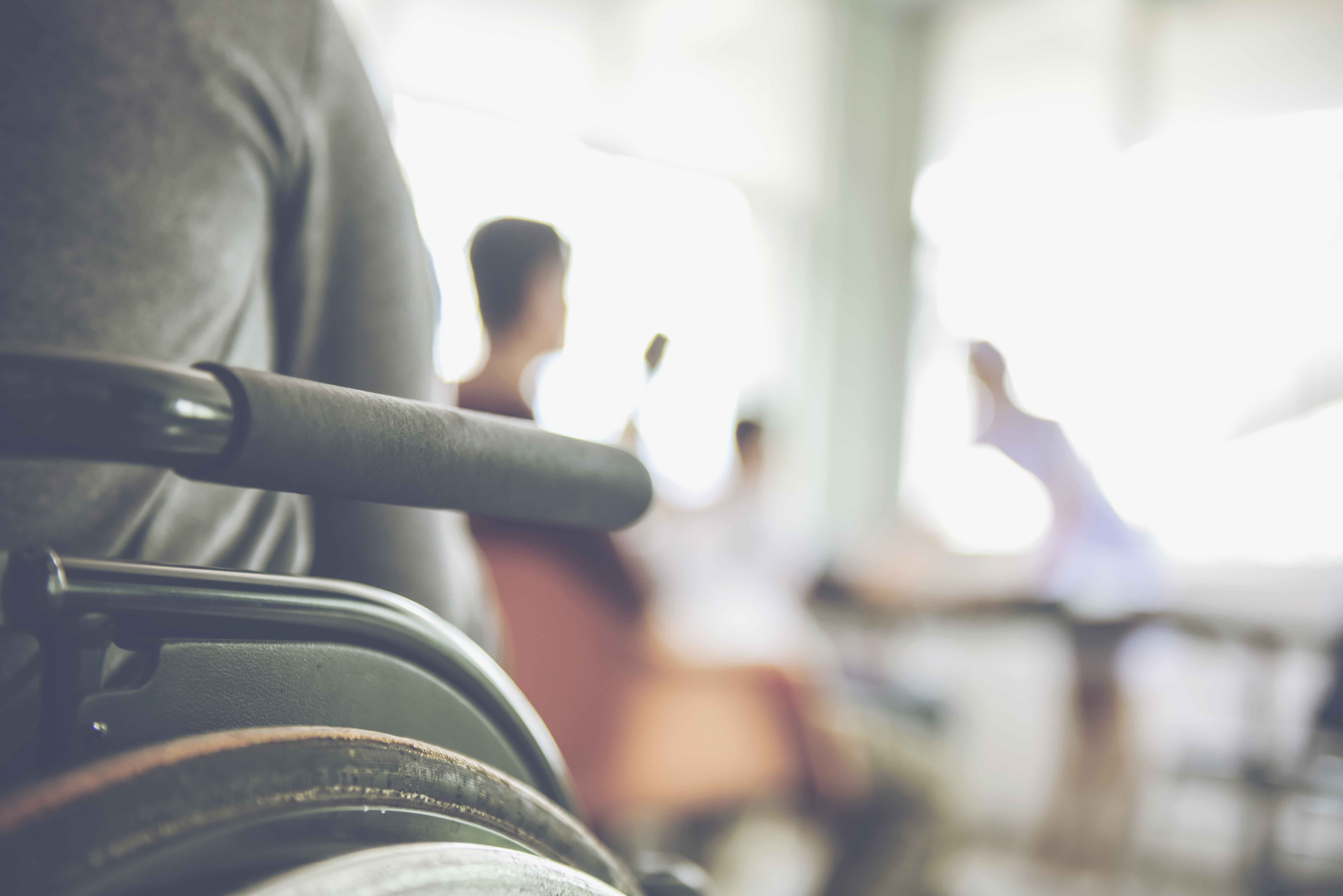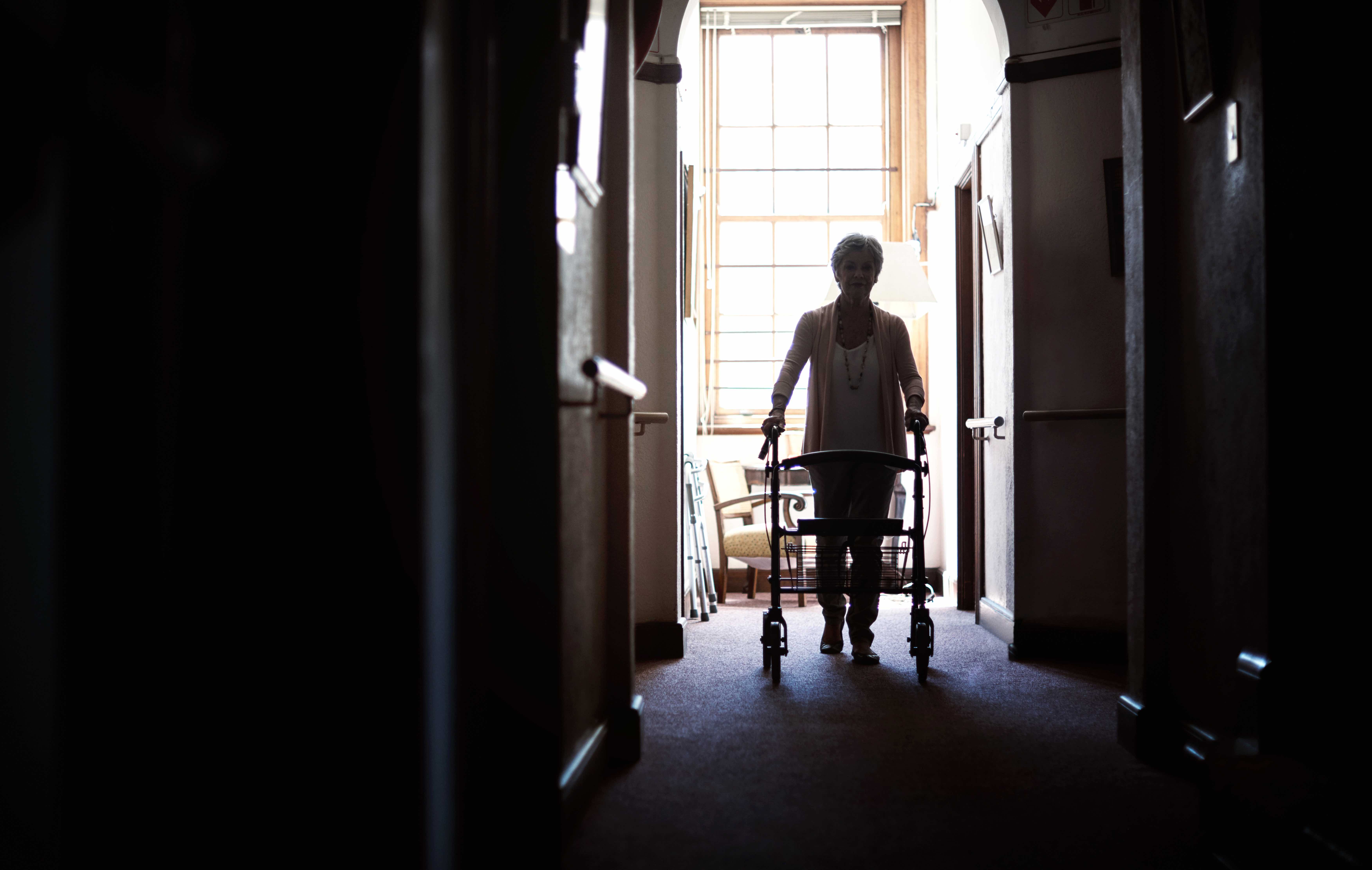
Politics & Society
Breaking down COVID-19 barriers for people with disability

The size and scale of the problem of violence against people with disability remains obscure because the data is too fragmented. A new project aims to change that.
Published 26 June 2020
Often hidden from view, high-profile cases like the deaths of Willow Dunn, David Harris and Ann Marie Smith shine a spotlight on the treatment of people with disability in Australia.
Although the appalling individual culpability and systemic indifference that led to these tragic deaths are thankfully rare, the experience of violence, abuse and neglect isn’t rare for people with disability.

But currently, the information we have about the extent and nature of violence, abuse, neglect and exploitation of people with disability is woefully inadequate for building a national evidence-based response.
The recent media attention on cases of abuse and neglect of people with disability in our community brings into sharp focus the need for the Royal Commission into Violence, Abuse, Neglect and Exploitation of People with Disability.

Politics & Society
Breaking down COVID-19 barriers for people with disability
Enshrined in legislation as the ‘highest form of inquiry into matters of public importance’, the very act of establishing this Royal Commission signals two things. First, that the problem of violence against people with disability in Australia is unacceptably high; and second, that we are contravening our obligations under the United Nations Convention on the Rights of Persons with a Disability to which Australia is a signatory.
Decades of advocacy has decried that data is too fragmented, hampered by studies that only capture information about some but not all people with disability, and is restricted to specific types of disability and violence.
Our new project from the Centre of Research Excellence in Disability and Health, brings these data fragments together in a compendium made up of all available national and state level data collections that include information on disability and violence.

The Australian Disability and Violence Data Compendium includes over 25 unique datasets, offering an insight into information collected in Australia on the issue of violence for people with disability.
The most recent national Personal Safety Survey (PSS) from the Australian Bureau of Statistics reveals that two in every three people with disability – around 65 per cent – have experienced at least one incident of violence since the age of 15.
This includes physical, sexual, intimate partner violence, emotional abuse and stalking.

Health & Medicine
Protecting people with disability during the pandemic
While offering a stark reminder of the scale of the problem, this data only paints part of the picture.
Excluded from this sampling are people who live in congregate and other care settings – like group homes. These are very same settings where we know the risk of violence is heightened.
Moreover, the PSS doesn’t capture some forms of violence that are recognised as being experienced disproportionately, or even exclusively, by people with disability. This includes, for example, coercive control, neglect through inadequate care, and withholding or denying access to medication or assistive devices.
The reliance on national data collections, like PSS, to inform our understanding of violence against people with disability means the size and scale of the problem remains obscured and the responses only applicable to specific groups of people.

The new Data Compendium highlights some of the limitations and identifies data sources that may help fill important gaps in the evidence base.
For example, information from the Specialist Homelessness Services collection and the Journeys Home study provides experiences of violence among homeless people or people who are at risk of homelessness. These are people who are often left out of national population surveys.

Sciences & Technology
My eyesight is weak, but my vision is strong
Many of these datasets hold new research opportunities, especially if they are linked with other datasets (known as ‘data linkage’) to create a more complete picture of the extent, nature, impact and responses to violence for people with disability in Australia.
In the longer term, the National Disability Data Asset, which aims to link multiple state and national datasets, opens another avenue to understand violence against people with disability. Due for completion several years from now, it presents a significant step forward in addressing the lack of linked data for people with disability.
Charged with an ambitious agenda of recommending how Australian laws, policies, structures and practices can be improved to ensure a more inclusive and just society, the Royal Commission will need to draw on the best available evidence to affect real and meaningful change.

No single survey can adequately capture the diverse types of violence, abuse, neglect and exploitation, as well as the settings and contexts in which that violence occurs.
Maximising the data that currently exists, but is under-utilised, is a useful starting point in order to prevent any more tragic, preventable deaths of people with disability in Australia.
Banner: Shutterstock